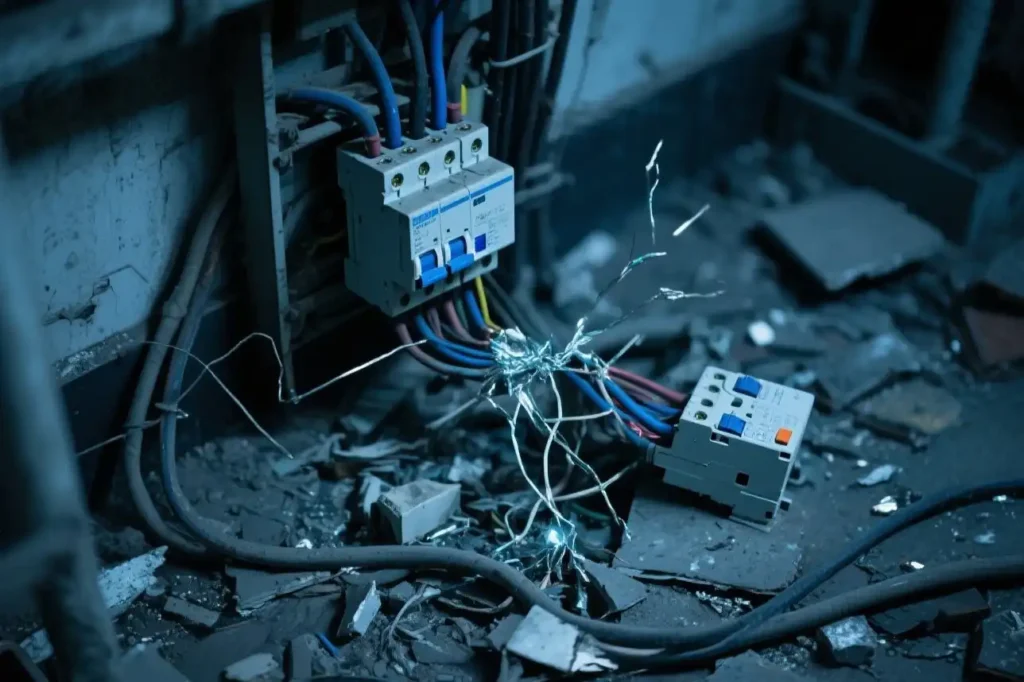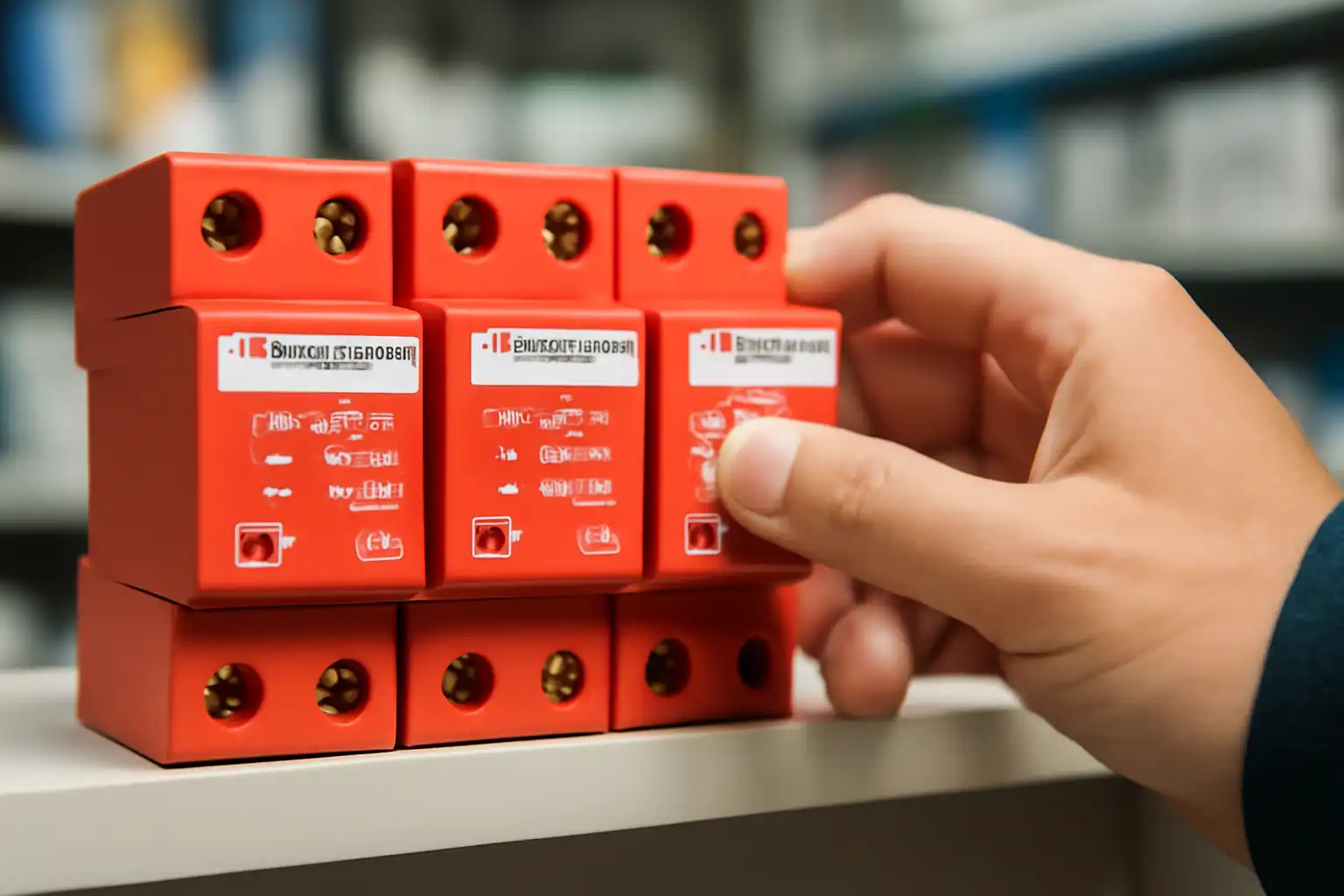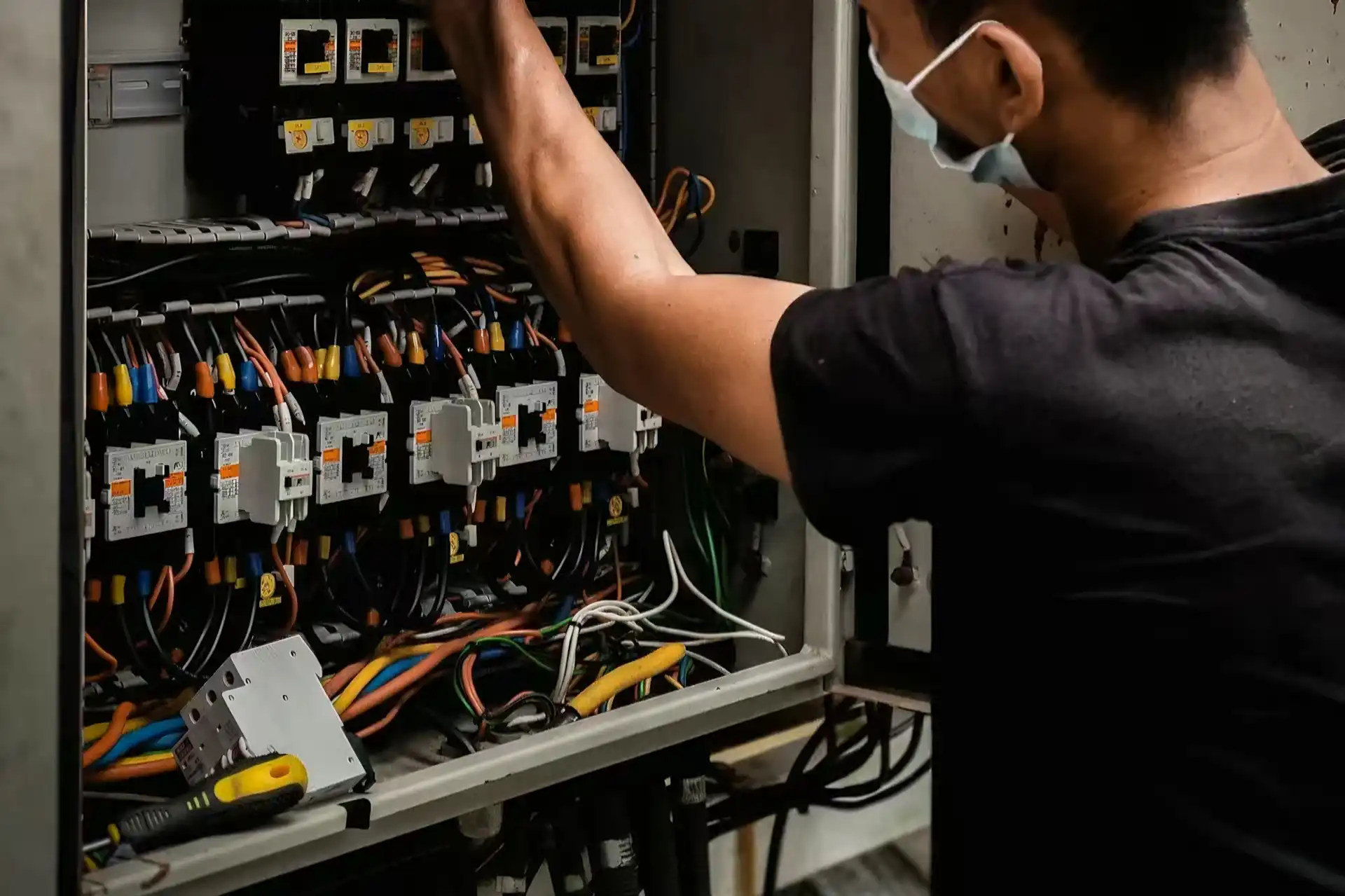You trust your surge protection device to keep electronics safe from voltage spikes. If you do not notice when it is depleted, your devices are not protected. Many people do not know that when the device’s parts wear out, it cannot block power surges. This can damage computers, TVs, or kitchen appliances. Checking your device often helps you avoid expensive repairs and keeps your home safe.
Key Takeaways
- Check your surge protection device once a year. Check it after big storms too. This helps you find problems early.
- Look for lights on the device. Check for damage you can see. Notice any weird smells or heat. Listen for alarms. These signs show if the device is used up.
- Get a new device right away if you see damage. Replace it if there is no green light. Change it if it is over five years old.
- Pick a new device with a high joule rating. Make sure it has UL certification. Choose the right type for what you need.
- Throw away old devices in a safe way. Use e-waste recyclers or take-back programs. This helps keep the environment safe.
Surge Protection Device Signs
If you want to know if your surge protection device has been depleted, look for easy-to-see warning signs. Electrical safety groups say you should check for these signs once a year. If you see any of them, act fast to keep your electronics safe.
Indicator Lights
Most surge protection devices have lights that show if they work. A green light means the device is still protecting your things. If the light turns red or goes out, it may not protect you anymore. Some newer models will turn off power or send a message when they stop working.
Tip: Always look at the indicator light after a storm or power surge. If the color changes or the light is off, you need to get a new device.
Physical Damage
Check your surge protection device for any damage you can see. Look for cracks, melted spots, or burn marks. These problems can happen after lightning or a big power surge. If the case is broken, water or dust can get inside and make it unsafe.
- Cracks or broken case
- Melted plastic or metal
- Burn marks or color changes
If you see any of these, replace the device right away.
Smells or Heat
A surge protection device should not smell odd or feel hot. If you smell burning or the device feels much warmer than normal, it may be broken inside. This can happen when the parts wear out or after a big surge. If you notice strange smells or heat, unplug the device and get a new one.
Audible Alarms
Some surge protection devices make a sound when they stop working. If you hear a beep or alarm, check the light and look for damage. The alarm means the device cannot protect your electronics anymore.
Note: Not all devices make sounds. Always check for other signs, even if you do not hear anything.
Other Reliable Signs
Experts also say to check how old your surge protection device is. Most last about five years. After that, the parts may not work well. If your device is older than five years, think about getting a new one, even if it looks okay.
Testing the leakage current every year is also important. If the leakage current is higher than what the maker says, the device is probably worn out. This test helps you find problems before they hurt your things.
Checking your device often and acting fast keeps your home and electronics safe.
Inspection Steps
Visual Check
Start by unplugging your surge protection device before you inspect it. Use these steps to check for problems:
- Look for cracks, melted spots, or discoloration on the case.
- Check the indicator light. A green light means the device works. A red or unlit light means it may not protect you.
- Smell the device for burning or odd odors.
- Touch the surface. If it feels hot, it may have internal damage.
- Listen for strange sounds like buzzing or popping.
- Inspect for loose or sparking wires.
Tip: Make sure the device is mounted securely and not exposed to water or outdoor weather if it is not rated for outdoor use.
Function Test
You can test your surge protection device with a few simple tools:
- Use a multimeter to check voltage at the device’s outlets. Normal readings mean power flows correctly.
- Test the continuity of the outlets. This shows if electricity passes through, but does not check surge protection.
- Use an outlet tester to confirm proper grounding. Good grounding is key for protection.
- Watch the indicator light and listen for alarms. A green light or no alarm means the device is active.
Many people think all power strips protect against surges. Only use devices labeled for surge protection.
When to Replace
Replace your surge protection device right away if you see any warning signs. These include:
- No indicator light or a red light
- Physical damage, heat, or burning smell
- Frequent tripping of circuit breakers
- The device is older than five years
Do not wait if you find a problem. Quick action keeps your electronics safe.
Note: Always replace the device after a major power surge or lightning strike, even if it looks fine.
Regular Checks
Device Lifespan
It is important to know how long your surge protection device will work. Most devices last 8 to 12 years if you use them inside and in good weather. If you use them outside or where it is hot and wet, they may only last 3 to 5 years. Using the device near its highest voltage or during many power surges can make it wear out faster. Always look at the status indicator. If it shows a problem, get a new device right away.
Tip: Write down when you installed your device. This helps you remember when to check or change it.
Factors Affecting Depletion
Many things can make your surge protection device wear out sooner. Here are some main reasons:
- Lots of lightning storms or power surges
- High heat or wet air
- Using the device close to its highest voltage
- Bad grounding or wiring in your house
Experts say you should check your device every 1 to 2 years or after a big storm. You should also check after fixing or changing your electrical system.
- Look for damage you can see or changes in the indicator light.
- Test if the device works if you have the right tools.
- For devices with alarms or remote checks, make sure these work.
Keep notes for each time you check your device. Write the date, what you looked at, and any problems you found. This helps you know the device’s condition and shows you followed safety rules.
Risks of Delay
If you wait too long to change a worn-out surge protection device, your electronics and home are not safe. A used-up device may still let power go through, but it will not stop surges. This can cause:
- Damage to computers, TVs, and other devices
- Electrical shorts that make breakers trip
- Melted parts or burn marks
- Fire danger from sparks or too much heat
You might have to pay a lot to fix or replace things if a surge hurts your equipment.
⚠️ Using a worn-out device makes you think you are safe when you are not. Always get a new device instead of trying to fix just one part.
Next Steps
Replace the Device
If your surge protection device is depleted, act fast. This helps keep your home and electronics safe. Here are some steps you should follow:
- Unplug the device first. Look for cracks, rust, or burn marks.
- If you see loose wires, tighten them.
- Use a dry cloth or air spray to clean off dust.
- If the device is wet, dry it and check the seals.
- If you find broken parts, replace them if you can.
- After repairs, test the device. If it still does not work or the light is off, get a new one right away.
If your device is old, has been through many surges, or the light is out, replace it now. Do not wait for another surge.
Safe Disposal
Never throw a used surge protection device in the trash. These devices can have harmful stuff inside that hurts the environment. Here are safe ways to get rid of them:
- Take the device to a certified e-waste recycler. Look for R2 or e-Stewards labels.
- Use take-back programs from the maker or store if they have them.
- Drop off the device at local e-waste collection places.
- Follow your area’s rules for hazardous waste. Some places have special drop-off days.
- Never burn the device. Burning lets out toxic chemicals into the air.
Throwing these devices away the wrong way can pollute soil, water, and air. It can also hurt people and animals. Always use safe disposal to protect your community.
Choosing a New Surge Protection Device
When you buy a new surge protection device, look for these features:
- Pick a device with a high enough joule rating for your electronics. More joules means better protection.
- Choose a clamping voltage between 400 and 500 volts. This helps the device react faster to surges.
- Make sure the device has UL certification. Look for UL 1449 on the label.
- Check the NEMA rating to match where you will use it, indoors or outdoors.
- Decide if you need a power strip, wall-mount, or whole-house type.
- Look for extra things like USB ports, phone line protection, and indicator lights.
- Never plug one surge protector into another. This can cause overloads and fires.
- Change your surge protector every 2-3 years, even if it looks fine.
For the best safety, ask an electrician to help you pick the right device for your home.
Checking your devices often is the best way to protect electronics. Regular checks help you find problems early. Watch for changes in the indicator lights, damage, or strange smells. These checks let you find issues before the device stops working. Set a reminder to check your devices every year. If you see warning signs, replace the device right away. Acting fast keeps your home and things safe.
FAQ
How often should you check your surge protection device?
Check your surge protection device at least once every year. If there is a big storm or power surge, check it right after. Checking often helps you find problems early. This keeps your electronics safe.
Can you reset a depleted surge protection device?
You cannot reset a depleted surge protection device. When it wears out or shows warning signs, you must get a new one. Resetting will not make it work again.
What does the joule rating mean?
The joule rating tells you how much energy the surge protector can take before it stops working. A higher joule rating gives better protection for your electronics.
Is it safe to keep using a surge protector after a power surge?
⚠️ Do not use a surge protector after a big power surge. Replace it right away, even if it looks okay. The inside parts might be damaged and cannot protect your things.
Can you plug one surge protector into another?
Never plug one surge protector into another. Doing this can make them overheat and cause a fire. Always use each surge protector by itself.
See also
What Does a Circuit Breaker Indicator Light Tell You?
How to Replace a Surge Protector Safely and Efficiently
Do you need a surge protector for your solar system
What You Need to Know About Surge Protection Device Lifespan
Panel Surge Protector Pros and Cons for Homeowners





